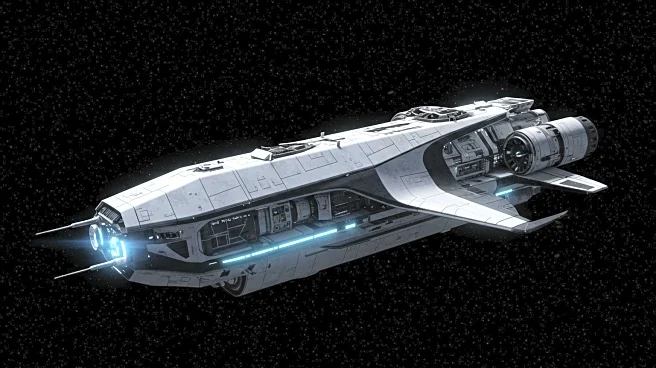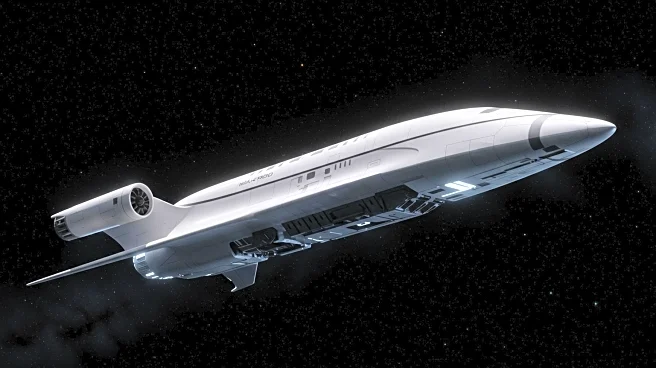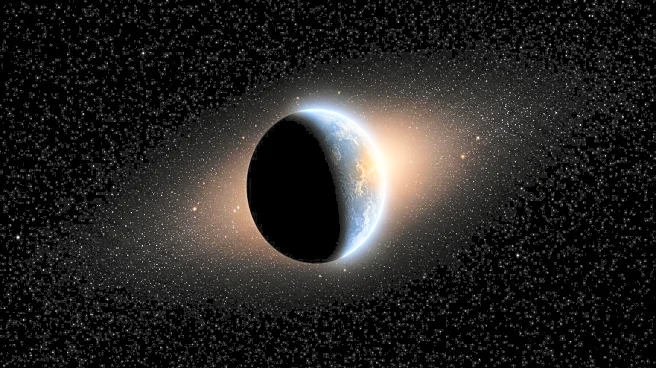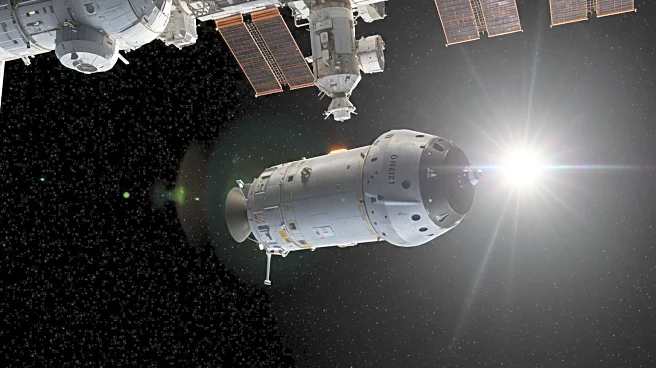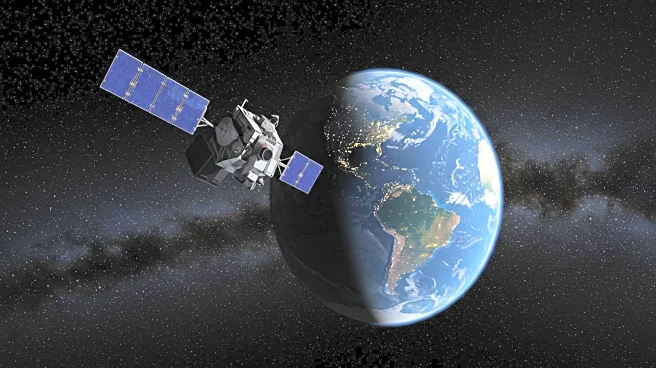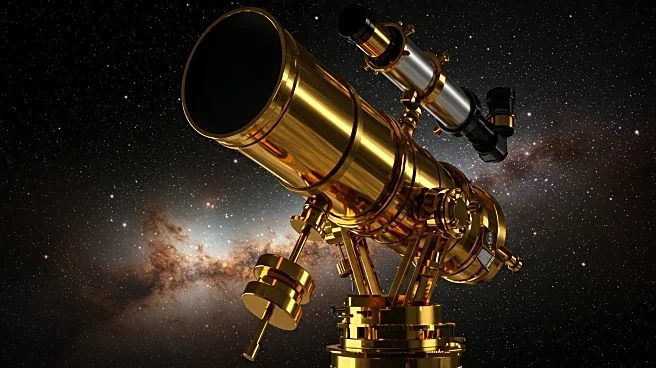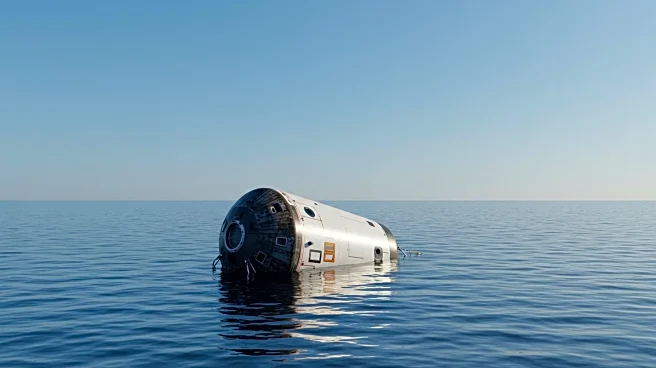What's Happening?
A hypothetical spacecraft named Chrysalis has won the Project Hyperion Design Competition, which challenges engineers to design a multigenerational spacecraft capable of traveling to Alpha Centauri, the nearest star system to Earth. The proposed journey would take 400 years and cover 25 trillion miles, transporting 2,400 people to the exoplanet Proxima Centauri b. The concept aims to sustain a closed society over centuries, although it remains purely theoretical at this stage.
Why It's Important?
The Chrysalis project highlights the growing interest in interstellar travel and the potential for human colonization beyond Earth. While the concept is hypothetical, it raises questions about the feasibility of long-duration space missions and the technological advancements required to support such endeavors. The idea of a multigenerational spacecraft challenges current space exploration paradigms and could inspire future innovations in space travel and habitation.
What's Next?
As the Chrysalis concept is purely theoretical, there are no immediate plans for its development. However, the competition may spur further research and interest in interstellar travel technologies. Future advancements in propulsion systems, life support, and closed-loop ecosystems will be crucial for making such long-duration missions viable. The concept also encourages discussions on the ethical and societal implications of leaving Earth permanently.
